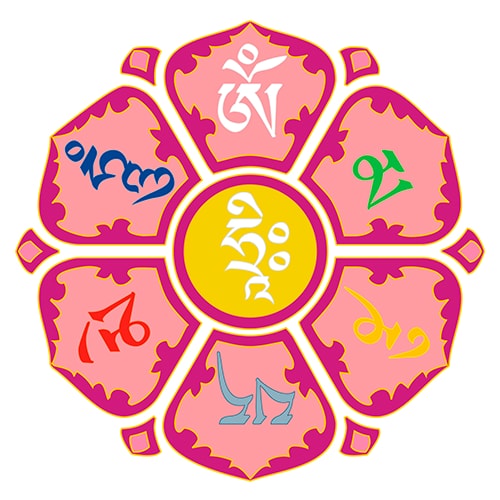
Q: I hear a lot about chanting in Buddhist meditation centers and elsewhere these days. What is the purpose of chant, mantra, and sacred music?
Lama Surya Das: In chant, the power of sound connects us with ourselves, one another, and the divine. It is an ancient, tried and true form of meditation and prayer.
One of the most transformative and nonsectarian spiritual practices, chanting almost immediately takes us out of our heads and beyond the mind, into realms of pure spirit and bliss. It helps us discover the spiritual breath and cosmic energy (prana in Sanskrit) inside the physical breath. Monks and nuns, shamans, yogis, dervishes, chant masters, pilgrims, cantors, singers, and musicians have long known this universal secret. “Chant is the music of the cosmic spheres and the natural expression of higher consciousness,” says Don Campbell, musician and author of “The Mozart Effect.” Chant is not an obscure ritual–it is the important tool used by people everywhere to heal their bodies, quiet their minds, and bring the sacred into their lives.”
Chanting involves the body, mind, and spirit; it utilizes intention, concentration, the breath, the heartbeat, chest, lungs, voice, tongue, mouth–our entire being. It is both relaxing and therapeutic, while providing direct access to meditative states and higher realms of subtle spiritual experience. It awakens our energy and can stimulate energetic and spiritual breakthroughs. It helps us open our throat and heart chakras and access the inexhaustible treasury of awareness and wisdom to be found there.
I have had some of my most moving spiritual experiences while chanting for hours at a time, especially on Tibetan Buddhist retreats where we chanted an average of eight to 10 hours a day, and on high holidays, when chanting can go on for as many as 24 hours at a time, seven days in a row (and even more) without stopping. If that does not change your consciousness, nothing will!
One of my favorite mantras is the mantra of love and compassion, Om Mani Pedmay Hung, which literally means “the jewel is in the lotus” or “the Buddha is within.” This is the Dalai Lama’s mantra, and the national mantra of Tibet.
Mantras can be orally chanted, intoned, or even sung. They can also be repeated mentally to oneself. Secretly, they can be visualized in the inner chakras and energy channels of the “light body” (subtle body), or aid in deep samadhi (meditative absorption). Mantra repetition is classically one of the most surefire methods to train the attention and to learn concentration, focus, and how to calm the mind.
You can easily learn the chants I practice and do them yourself. Don’t feel shy or self-conscious–nobody’s listening! When I was young, my music teacher used to tell me to stand in the back and mouth the words, because I couldn’t sing. But when I was in India and trained in chanting, I felt my throat chakra open, and I lost my self-consciousness. I didn’t care what it sounded like, because it was a practice. Sometimes I chant while I walk or drive, or I listen to chant CDs along the way. We all need a little more music in our souls. I never leave home without it.
– Lama Surya Das, originally published at Surya.org
